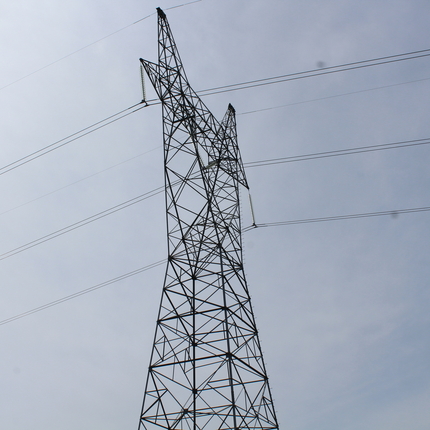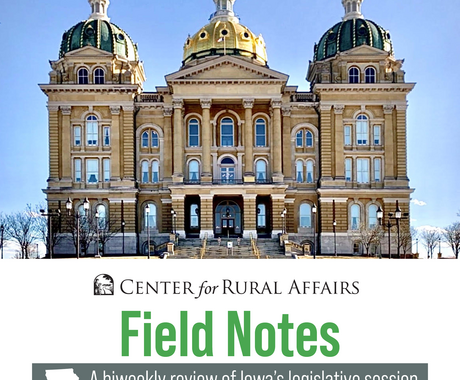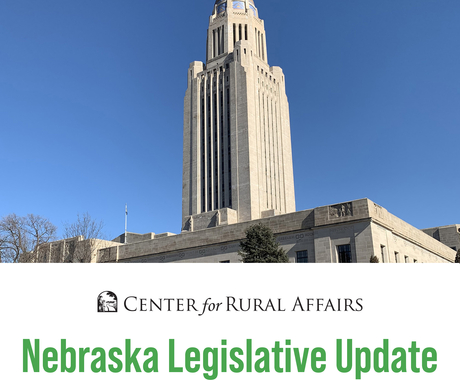By Stephanie Enloe, former staff member
Think about the last time you drove into a major city. Chances are you traveled on a highway that allowed many cars to travel quickly to their general destination.
If you imagine our highway system as transmission lines and cars as electrons, you have a good analogy to describe how our grid works.
Like highways, transmission lines carry bulk energy quickly across long distances and across state lines. But again, like highways, when transmission lines are overburdened they become less efficient and reliable.
In 2011, a Midwest transmission operator approved plans for Multi-Value Project (MVP) transmission lines to update and modernize our energy “highways.” Updating this system will reduce areas of congestion, allowing electricity to flow more efficiently to where it is needed and reducing expensive line losses.
These lines are expected to improve grid reliability and connect areas with high wind or solar energy potential to markets for that low-cost, regionally-produced, and clean electricity. Higher interstate connectivity also makes it easier for utilities to balance “intermittent” (or renewable) generation sources.
These stacked benefits mean the MVP lines will provide a disproportionate return on investment. The cost of the lines will be spread across consumers throughout the Midwest, which may sound daunting. But in exchange for an estimated $1 per month, consumers can expect to see $33 in annual benefits.
Many of the MVP lines have already been constructed or are in the last phases of planning. The lines are already demonstrating additional benefits for Midwest states, such as Iowa, where increased access to transmission infrastructure has enabled more investment in wind and solar energy systems.
Without new transmission lines, a great deal of renewable energy and economic potential would be stranded without a “road” to the grid.
The Center for Rural Affairs is dedicated to informing communities and landowners about transmission upgrades because we believe public engagement is the key to maximizing benefits and reducing unwanted impacts from transmission lines. This article is the first in a series on transmission providing an overview on some of the most common questions and concerns rural stakeholders ask on this topic.




